Airbus say it has successfully completed a flight demonstration of a connected airborne battlespace scenario, centred on an A330 MRTT aircraft.
The test was carried out as part of the development of Airbus’ Network for the Sky (NFTS) programme.
This follows on from last August’s demonstration in Canada of secure mobile communications using a stratospheric balloon to simulate a HAPS (High Altitude Pseudo Satellite), such as Airbus’ Zephyr UAV (Unmanned Aerial Vehicle).

“NFTS combines various technologies – satellite and ground communications, air-to-ground, ground-to-air and air-to-air tactical links, 5G mobile communications and laser connections – in a resilient, unified, secure, highly interoperable, mesh network. Aircraft, UAVs and helicopters currently use networks with limited bandwidth and interoperability, and often little resilience. NFTS will allow them to form an integral part of high-speed military networks.”
Evert Dudok, Head of Communications, Intelligence & Security at Airbus Defence and Space, said in a news release:
“This unique demonstration is a significant milestone in realising our vision of secure connectivity, which will enable the future air combat cloud and enhance real time execution of military missions.”
Airbus say that the demonstration scenario simulated the establishment of multi-Mbit/s, wideband communication links between ground forces operatives, a fighter jet, a MRTT, and a combined air operations centre (CAOC) on the ground.
Both the operatives and jet fighter had to send video in real time to provide enhanced real-time situational awareness and receive instructions from the CAOC in return.
- The fighter was deployed to obtain imagery of the area of interest and act as a communications node between the operative and the MRTT flying at 30,000 feet within a 150 km radius in secure airspace.
- Communications were thus relayed between the fighter jet and the MRTT, via a wideband LOS (line-of-sight) data link.
- The MRTT then routed the video along with its own communications via a wideband satellite link to an space teleport near Washington, D.C.
- The communications flow was then returned to Europe via a terrestrial link to the CAOC.


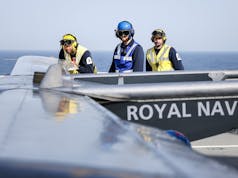
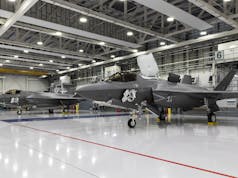
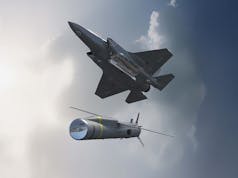

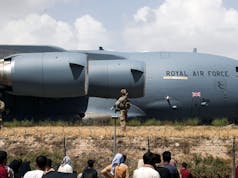

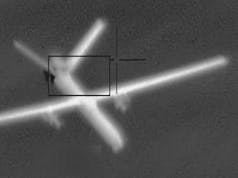

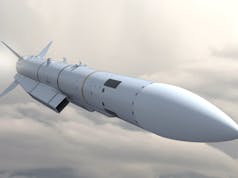
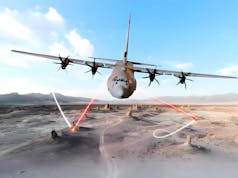

Now this IS significant. Before I retired we started looking at this for the RAF with Voyager acting as a C2 node. One way to collect vast amount of data from F35, distribute it and exploit it to good use. Also link up with Typhoon and other C2/ISTAR collect platforms and, of course, Protector as well. I hope this gets developed further.